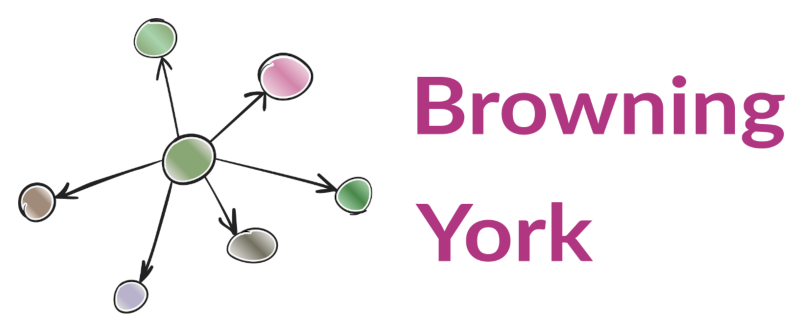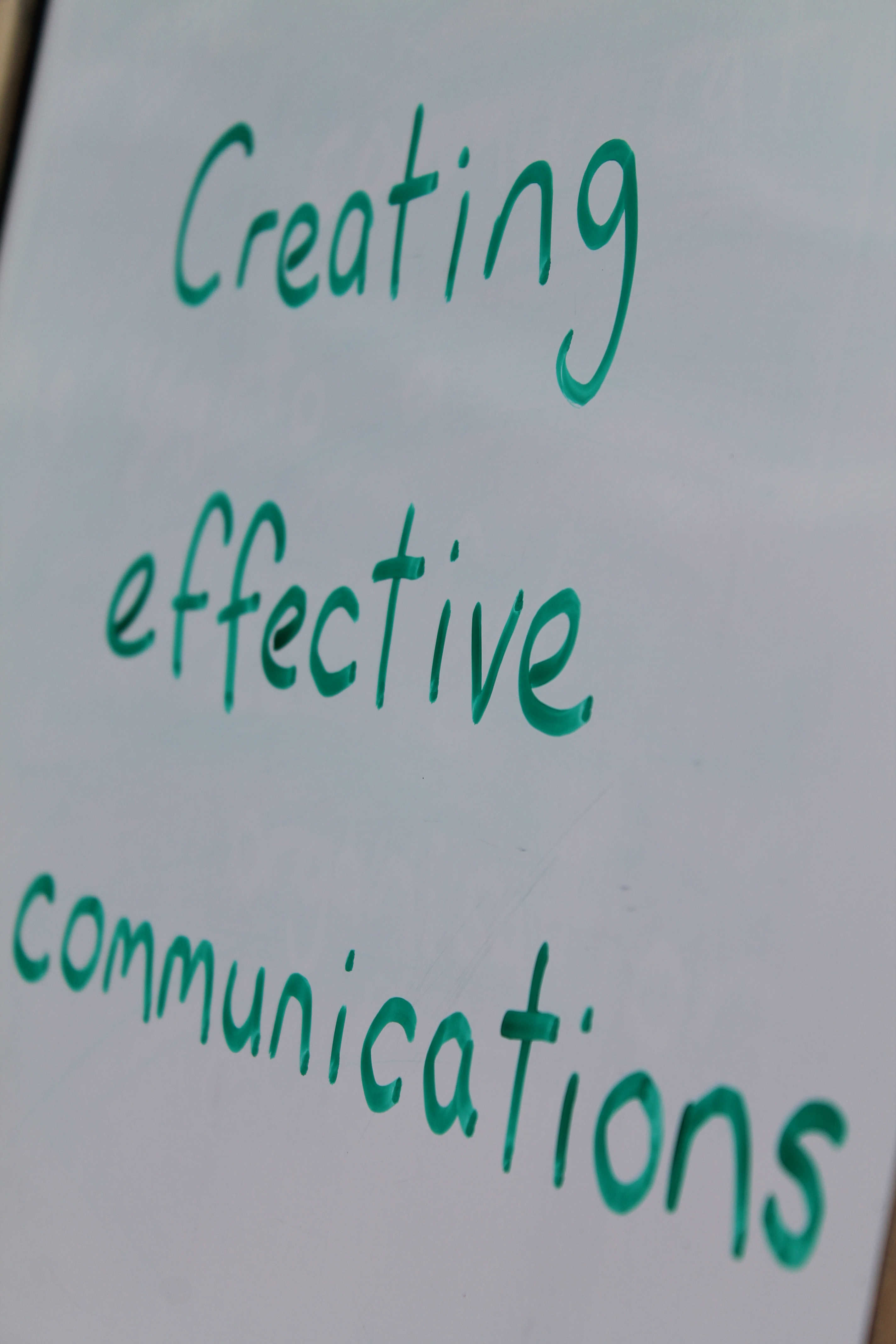If I had a pound for every time I’ve heard that phrase during my career, the Sarah Browning Charitable Foundation would be up and running as a generous benefactor to many great causes. It’s always an interesting place to start a conversation because it gives me the opportunity to ask questions and find out what my client really needs. The truth is often that what they actually need is to communicate. Not the same thing at all.
Hang on, I hear you say, that’s exactly the same thing- you’re splitting hairs! I know it seems like that at first glance, but I’m honestly not. Words and their meanings are always important and that’s the case here.
When people tell me they need a communication, what they usually mean is that they simply want to send out an email, newsletter or similar. I understand why they feel that way; if you’ve written a message and ‘put it out there’, you feel like you’ve done something and can tick communication off your list. You have indeed achieved your aim of having a communication. But if only a handful of people have read your email or they haven’t understood what you were trying to say in your newsletter, you have used up your precious time on an activity that hasn’t moved you forward at all. You haven’t communicated what you wanted to.
I had a client recently who was trying to bring about a significant change in ways of working for the people at their organisation. It involved changing some IT equipment, but also engaging people with the new kit and getting them to think differently about their work. The conversation started “we need a communication to tell everyone that new equipment is coming and they need to start using it”. What if people don’t read the email and complain they didn’t know so they don’t start using it, I asked. “We can say we know the email went to everyone’s inbox and you should have read it, you should know.”
This was obviously not an end point that would be useful to anyone, so we started at the beginning and thought about what we really wanted to achieve. Ultimately, we needed to communicate about the changes, so that people understood and started doing something different. This helped the team to recognise that a longer, multi-layered approach would be much more effective at helping staff to understand the reasons for change, work through the implications for them and start using the new equipment. We built in opportunities for feedback too. They still might not like it, but at least they knew what was happening, why and what it meant for them.
In short, my client had communicated with their audience, not just sent a communication.
What examples do you have of truly communicating so that you achieve a real goal? I’d love to hear what has worked for you.
Until next time
Sarah

